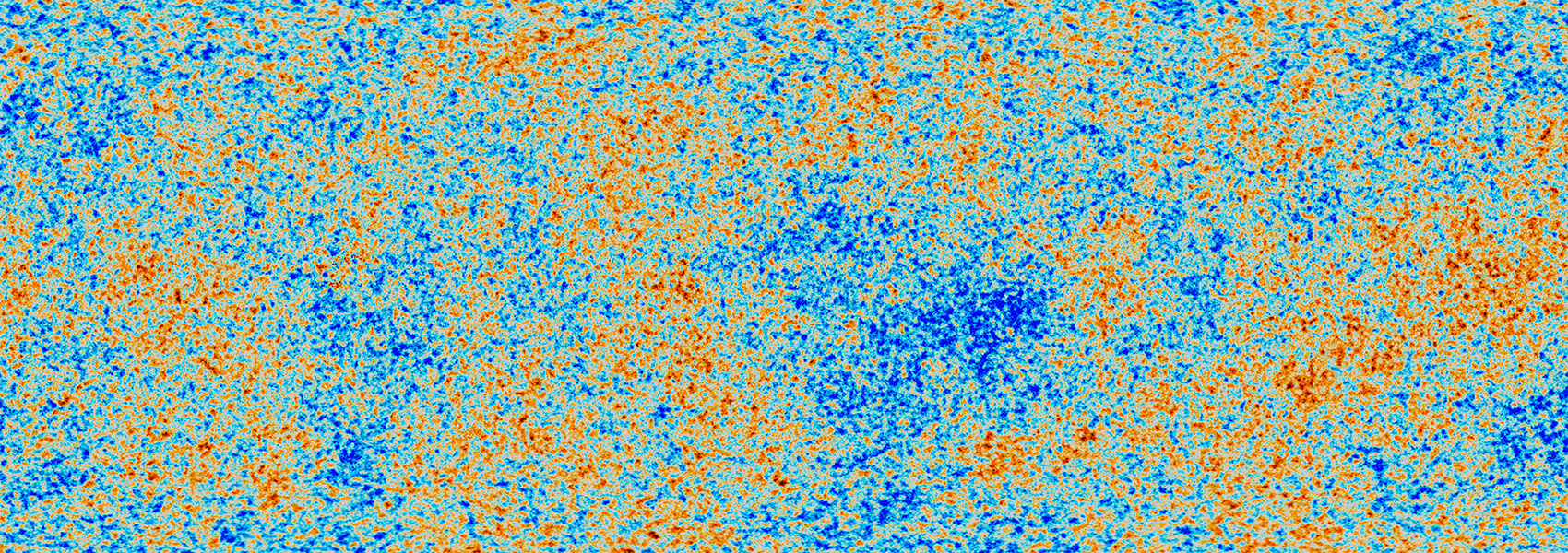
Chemical constraints on the dynamical evolution of the cold core L694
June 2025 • 2025A&A...698A.278T
Abstract • In star-forming regions, molecular cloud history and dynamics set the trend in the chemical composition. Ice formation, in particular, is affected by the evolution of physical conditions, which can lead to different ice compositions within the same cloud. In cold cores with medium densities >104 cm‑3, low temperatures <15 K, and low UV radiation <G0, most complex organic molecules are formed on dust grain surfaces and are released back into the gas phase through non-thermal mechanisms such as sputtering or heating by cosmic-rays, photodesorption, or chemical desorption. Studying both gas- and solid-phases can help observers to add constraints on the chemical and dynamical evolution of cold cores. We present a study of the cold core L694, observed with the IRAM 30m single-dish radio telescope. Observed species include CO (and its isotopologues) and CH3OH, a key chemical species precursor of more complex organic molecules. We applied an inverted non-local thermal equilibrium radiative transfer code, previously used on observations of the pre-stellar core L429-C, in order to obtain gas-phase abundances by deriving the column densities of the detected species from the spectroscopic parameters of the targeted molecular transitions (intensity, line width), and from physical parameters derived from archival observations (H2 volume density and gas temperature). This allowed us to probe the molecular abundances as a function of density and visual extinction. In parallel, we ran chemical models (both static and dynamic) to constrain the evolution time of the core by directly comparing the observations with the model outputs. We then compared the compositions of the cold cores L429-C and L694. The gas-phase abundances in L694 all exhibit a common depletion profile (with high variability in the depletion factor), as the core is identified to be in a more advanced (infalling) state compared to L429-C. The physical parameters of the two cores are, however, very similar, leading to close evolutionary timescales in our static models. The dynamical model fails to reproduce the CO gas-phase abundances at high density, predicting an evolutionary timescale that is too short compared to static models. A more detailed study on the parameter constraining the CO freeze-out could help to better constrain the timescale.
Links


